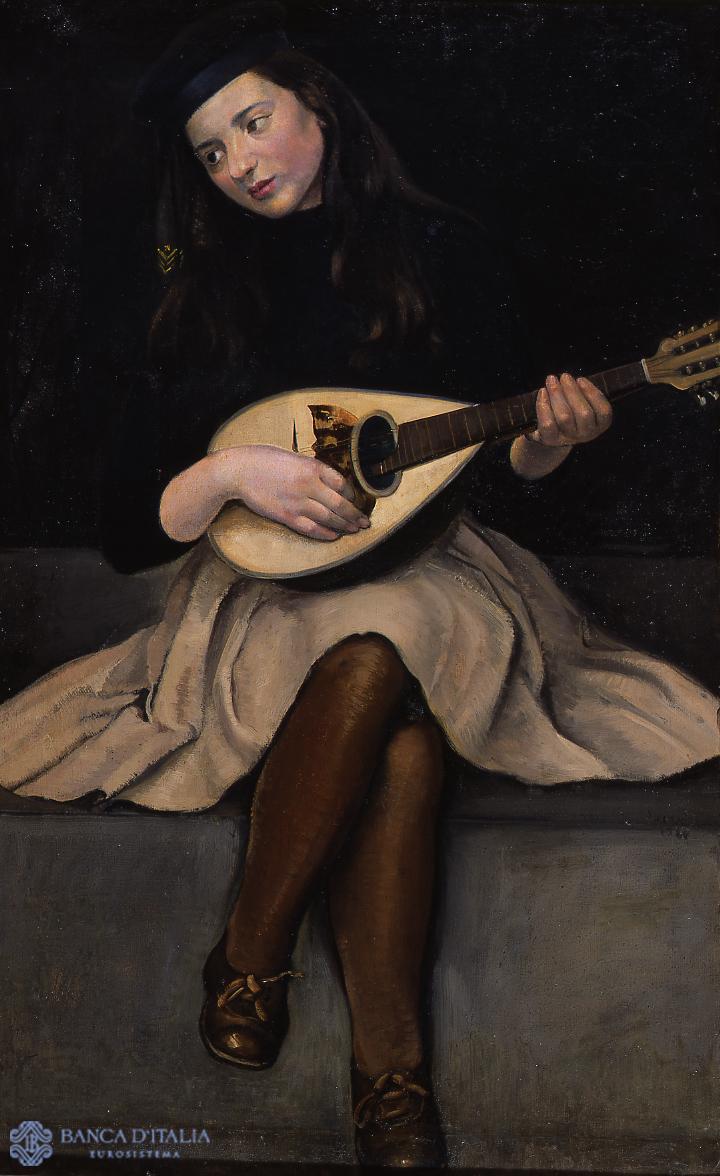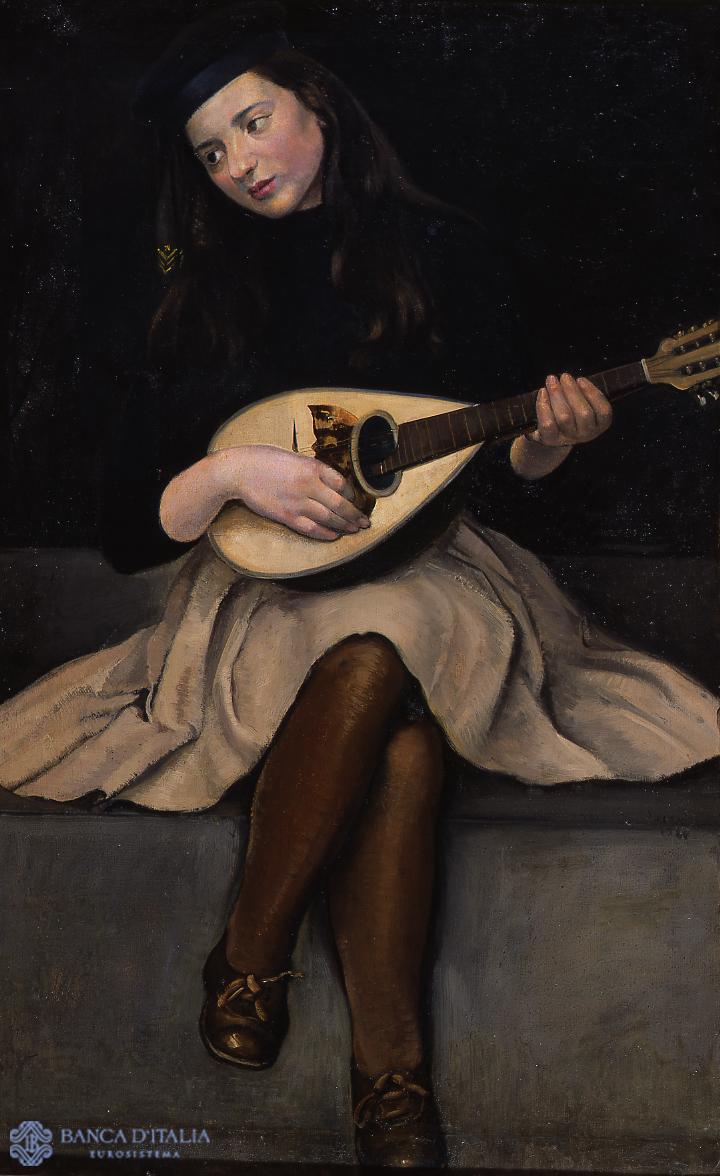Carlo Socrate (Mezzanabigli, Pavia 1889 – Rome 1967) moved to Rome in 1914. He was drawn to Cézanne, whose work he knew from the exhibitions of the Roman Secession with its opening to the European art world. He was influenced by Armando Spadini, who seemed to exercise a kind of overarching hegemony in the Roman art world of those years. Through Serghei Diaghilev’s Ballets Russes, which performed in Rome in 1917 and on whose stage sets he worked, Socrate came into contact with a number of avant-garde painters, including Picasso, whom he followed to Paris when Picasso returned there after working on Diaghilev’s sets in Rome.
In 1918 Socrate moved towards what would be called “museum classicism,” exemplified in his Natura morta col piatto di mele e le cipolle, which provoked polemical reactions. In 1926 Roberto Longhi wrote a monograph on Socrate. His works of the 1920s and 1930s constitute significant instances of a conception of the “return to order” entirely different from that inspired by Giotto and the Primitives. His conception flanks those of Antonio Donghi and Francesco Trombadori while nevertheless maintaining its intellectual independence, founded on a sort of balance between the historical models of Caravaggio and Titian and 19th-century models from Ingres to Courbet.
Carlo Socrate
Carlo Socrate (Mezzanabigli 1889 - Rome 1967)
20th century AD


